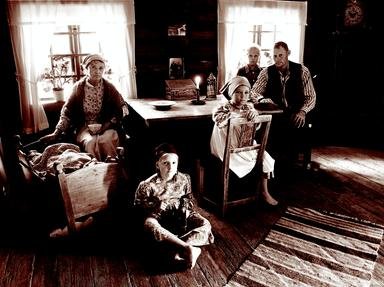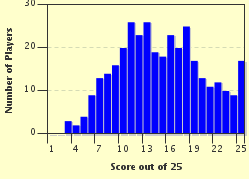Quiz Answer Key and Fun Facts
1. The Connecticut Compromise dealt with which part of government?
2. The Three-Fifths Compromise was about which group of people?
3. Who drafted the Bill of Rights?
4. Why is the capital of the United States in Washington, D.C.?
5. What political party did George Washington belong to?
6. What was the Northwest Ordinance?
7. Who was the first Chief Justice of the Supreme Court?
8. Which of these men was a strong proponent of establishing a national bank?
9. What part of the Constitution was used to back up the idea of the implied powers of the Constitution?
10. A tax on which of these goods led to a rebellion in 1791?
11. Who was Edmond-Charles GenÍt (aka Citizen GenÍt)?
12. Which of these was NOT a term stated in the Jay Treaty?
13. Pinckney's Treaty of 1795 involved the United States and what other nation?
14. In 1797, what happened when American diplomats tried to meet with French Foreign Minister, Charles Maurice de Talleyrand-Pťrigord?
15. Who was the president at the time of the passing of the Alien and Sedition Acts?
16. Which of these states refused to comply with the Alien and Sedition Acts?
17. What Supreme Court case established the Supreme Court's power to judge the constitutionality of government actions?
18. How much in total did the Louisiana Purchase cost the United States?
19. Who was the Native American guide that travelled with Lewis and Clark through the Louisiana Territory?
20. Aaron Burr became infamous for killing whom?
21. The Barbary Wars of 1801 to 1805, and 1815, were battles against pirates from which region of the world?
22. Why was the Embargo Act of 1807 passed?
23. On June 22, 1807, the USS Chesapeake was attacked by which ship?
24. Tecumseh was born from which group of Native Americans?
25. Who led the American army at the Battle of Tippecanoe in November 1811?
Source: Author
Avalice
This quiz was reviewed by FunTrivia editor
bloomsby before going online.
Any errors found in FunTrivia content are routinely corrected through our feedback system.


